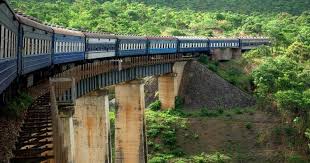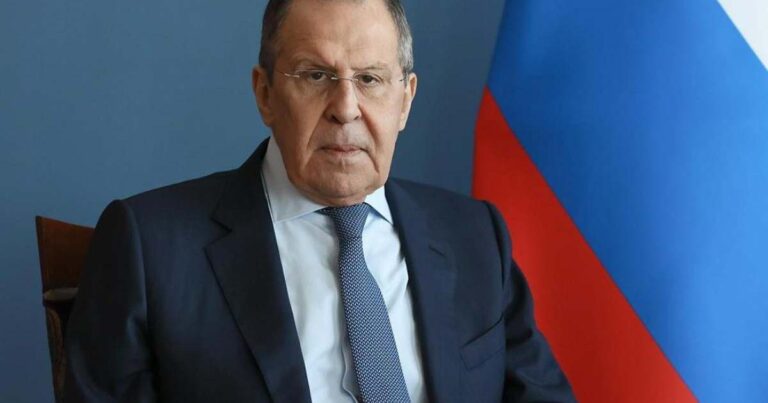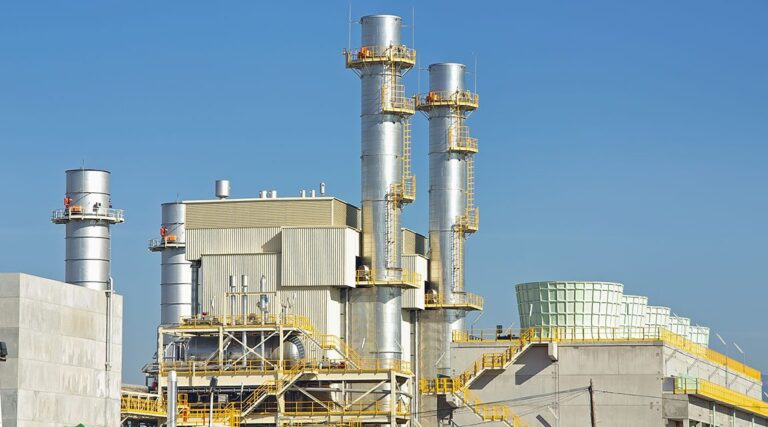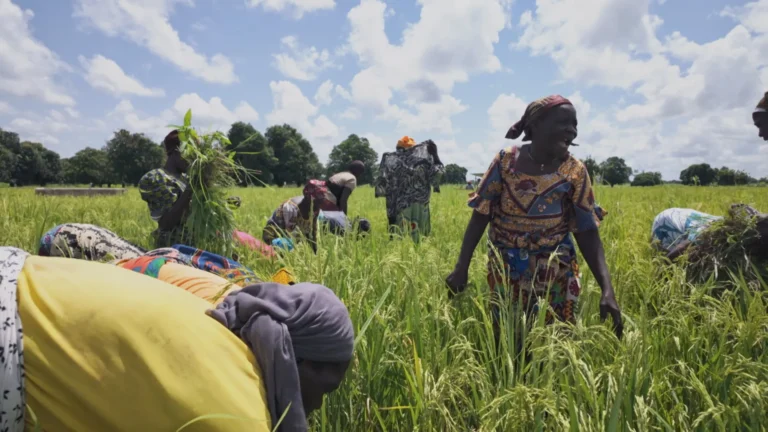
China has announced a $1.4 billion investment to overhaul the TAZARA railway, a historic line linking Zambia’s copper-rich heartland with the Tanzanian port of Dar es Salaam.
Built in the 1970s with Chinese support, the 1,860 km line has long served as a vital trade corridor but has suffered from decades of underinvestment, outdated locomotives, and damaged tracks.
The ambitious project goes beyond simple repairs. Plans include the acquisition of modern trains, locomotives, and wagons, aiming to increase the efficiency of mineral transport and general freight along the corridor.
According to project analysts, the upgrade is expected to significantly reduce transit times and operational costs, providing a critical boost to both countries’ export competitiveness.
Under the terms of the investment, China has secured a 30-year concession to operate and modernize the railway. Officials say the long-term agreement underscores Beijing’s strategic interest in southern Africa, particularly in the Copperbelt region, one of the world’s largest copper reserves.
The project is seen as a continuation of China’s extensive infrastructure footprint across Africa, from the Addis Ababa–Djibouti railway to the Nairobi–Mombasa line, which have collectively reshaped regional trade networks.
“For Zambia and Tanzania, this is more than a railway renovation,” said a regional trade expert. “It represents an opportunity to modernize logistics, strengthen economic hubs, and create new corridors for local businesses.”
The modernization of TAZARA is also framed as a model of structural cooperation, highlighting China’s role in connecting African nations through large-scale infrastructure.
Beyond technical improvements, stakeholders note that the project is a lever for economic planning, regional integration, and enhanced mobility.
For local communities and industries, a faster, more reliable railway promises increased trade opportunities and the potential to attract further investment.
As Zambia and Tanzania prepare to benefit from this renewed artery, the project symbolizes how strategic infrastructure can reshape economic landscapes and reinforce the continent’s participation in global trade networks.



